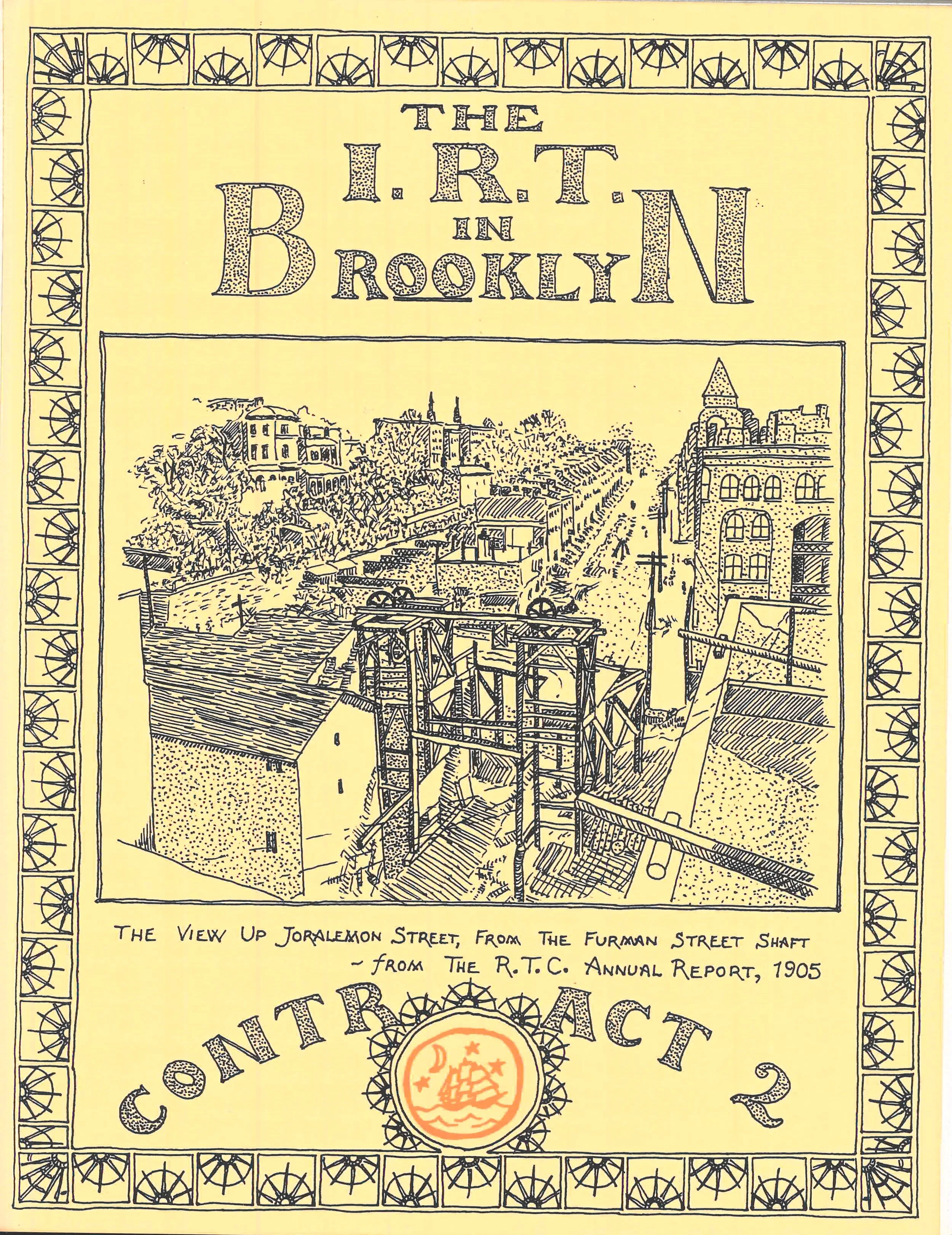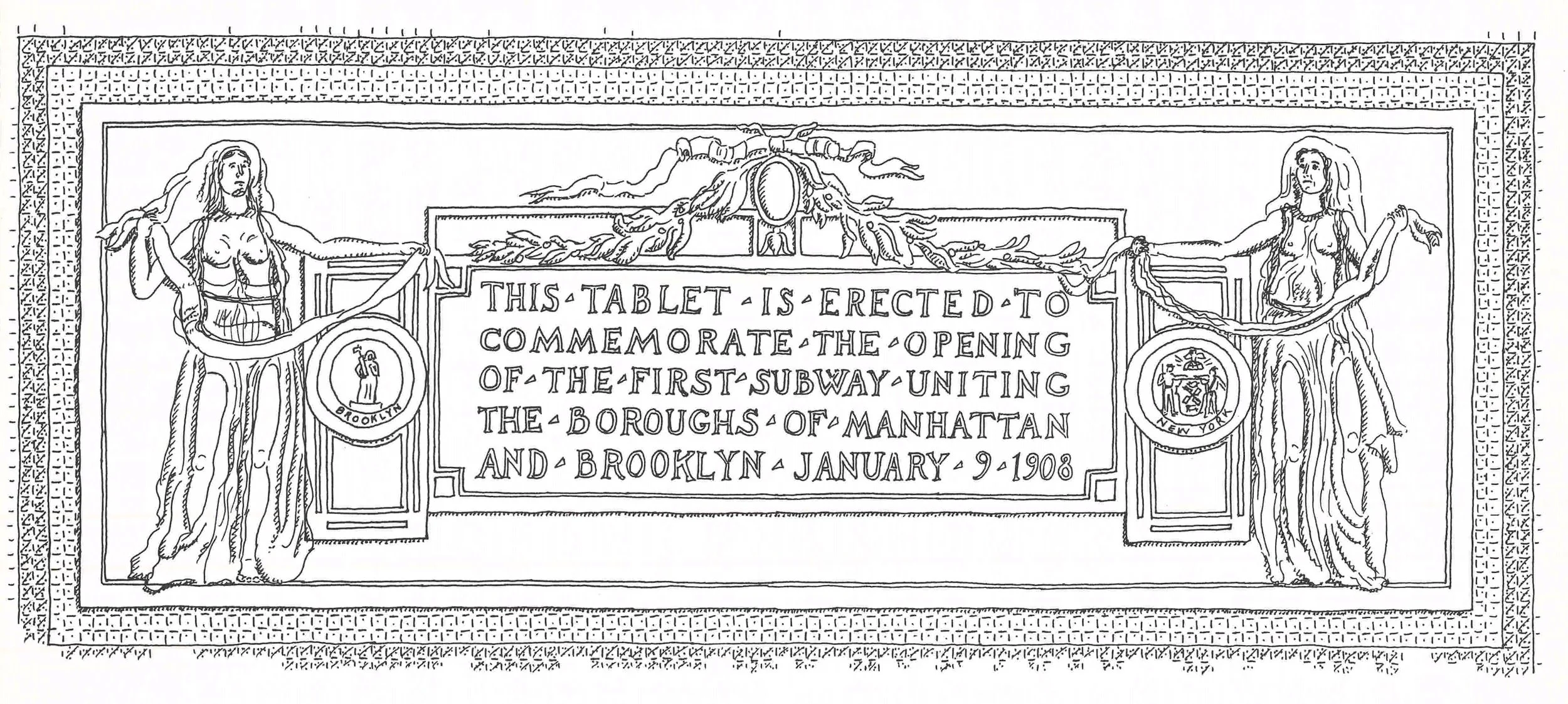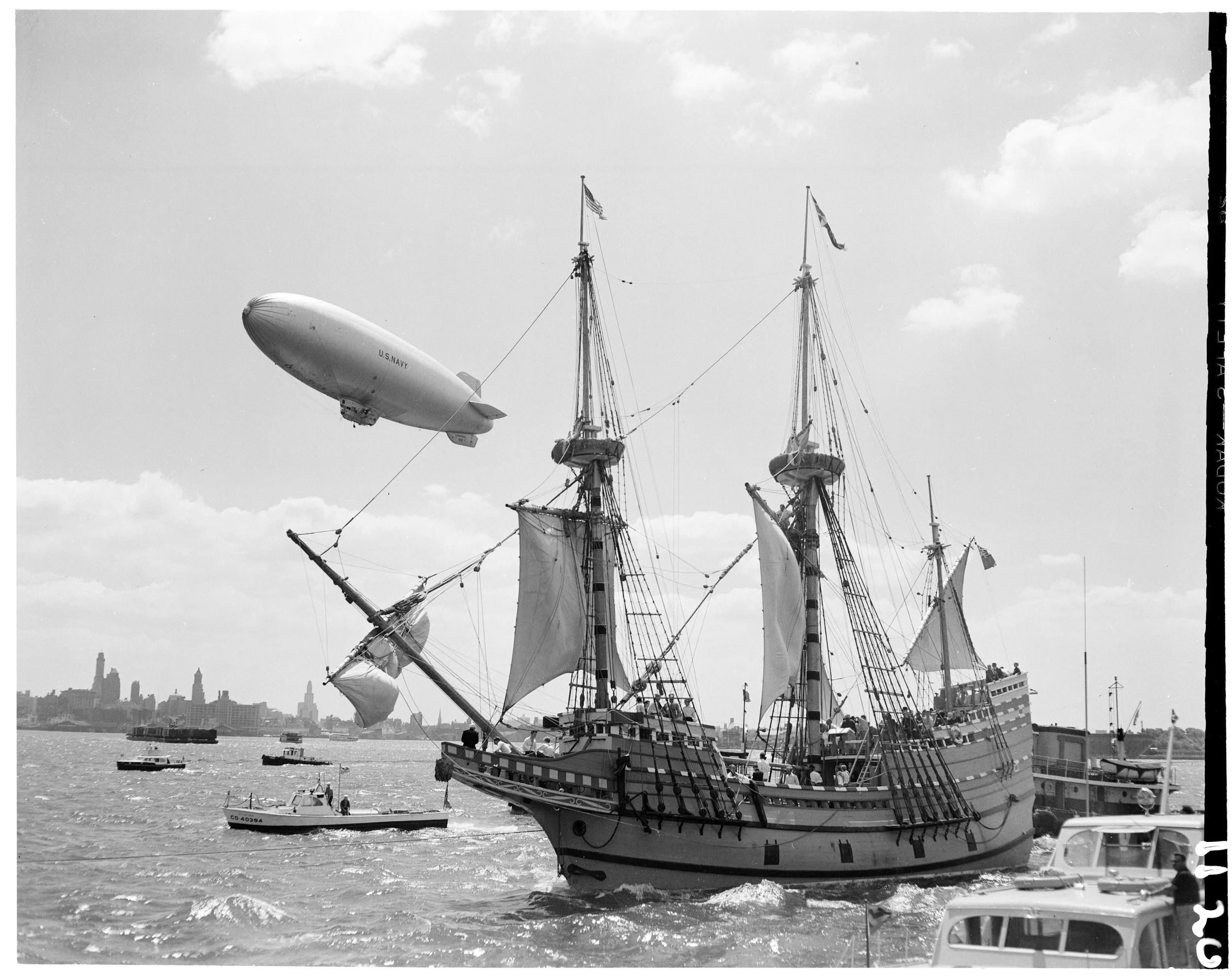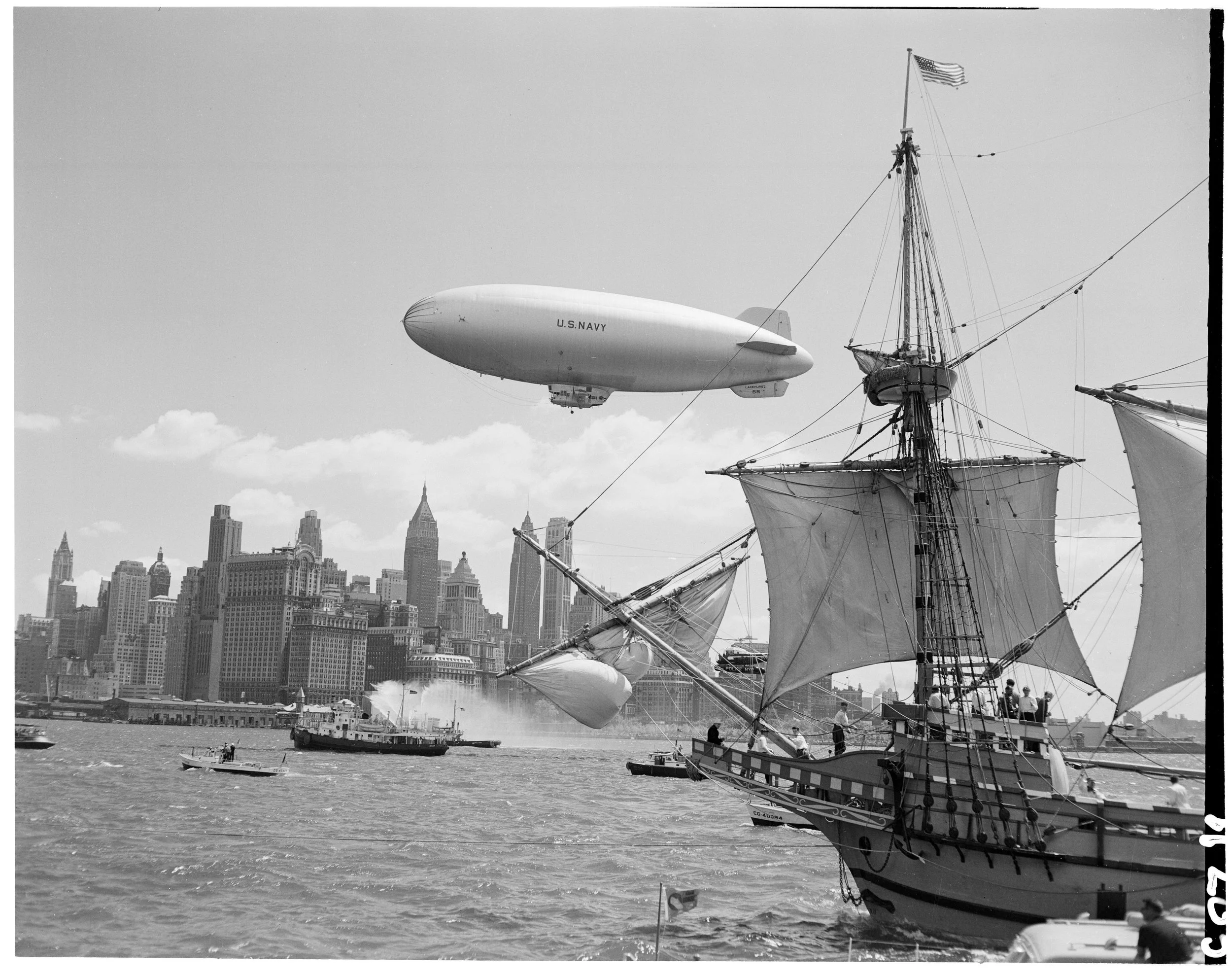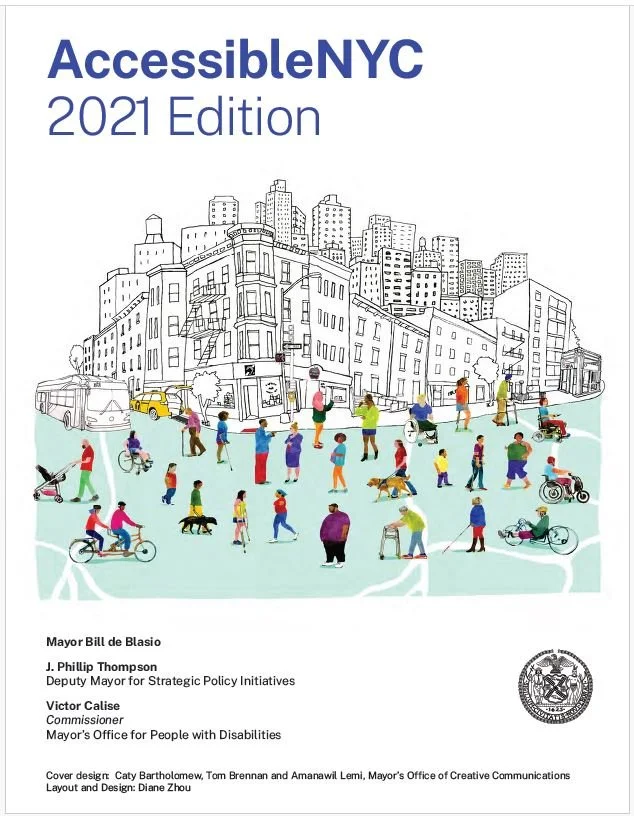As NYC Restaurant Week winds down, we are taking a looking back at more than 150 years of dining out in the city through the lens of guidebooks and other historic publications in the collections of the Municipal Library.
Delmonico’s, King’s Handbook of New York City, 1895. NYC Municipal Library.
In a chapter on restaurants, the 1868 Secrets of the Great City by Edward Winslow Martin cautions the reader that “the cooking, at the majority of restaurants, is unhealthy, and intoxicating liquids are sold, to an extraordinary extent.” Because entire families “live in rooms” and are thus required to dine in restaurants, the establishments are characterized by “a looseness of manners” and a “similar defect in morals.” Even worse, the uptown restaurants are largely patronized by the “disreputable classes,” and a “virtuous woman is in constant danger of being insulted should she choose to enter one of them.”
The heavily illustrated 1895 King’s Handbook of New York City steers away from moralizing in its snapshot of the booming dining scene, praising the “abundance of restaurants and cafes.” It divides them into categories that include “cheap saloons,” “dry-goods-stores restaurants,” “table d’hote dinners,” and a “novelty” section that lists Chinese, Jewish, Russian, and Italian establishments. The guide’s top praise is reserved for Delmonico’s, “known all over the world,” especially its Beaver and William Street location. A century later, the NYC Landmarks Designation Report for that 8-story Delmonico’s building calls it “one of the finest surviving late-nineteenth-century buildings in Manhattan's financial district.”
Luchow’s, 110 East 14th Street, ca. 1939. 1940s Tax Photo Collection, NYC Municipal Archives.
In a more wistful tone, the 1925 Restaurants of New York warns the reader that a favored eatery might disappear between visits—though unlike in our own time, it might be replaced by “the yawning depths of a subway excavation.” The guide highlights local color and stories, with a notable entry on Luchow’s at 110 East 14th Street. It paints a vibrant scene, with “prosperous clientele, with many strong German faces, speaking their native tongue with Otto or Fritz, the waiter, and enjoying the robust fare of the Fatherland.” Luchow’s remained a beloved staple for over a century before closing in 1986; its 14th Street building was demolished in 1995.
55 Grove Street, ca. 1939. Romany Marie’s Tavern. 1940s Tax Photo Collection, NYC Municipal Archives.
The introduction to Dining, Wining, and Dancing in New York, published in 1938, asserts that despite the wide range of restaurants in NYC and the common practice of dining publicly, most New Yorkers are only familiar with a few favorite haunts, unlike the guide’s author Scudder Middleton, a true “eater-around.” His detailed recommendations are described in chapters that range from “10 Restaurants of the Premiere Order” and “Grand Hotels” to “All Over the Map” (international fare) and “Down in the Village,” where he finds that the bohemian atmosphere is a thing of the past, absent since realtors began “jacking up the rent.” For those seeking vestiges of the old ambiance in the now commercialized district, he recommends Romany Marie’s at 55 Grove Street, run by an old-timer who “tries nobly to keep the myth of Bohemianism going.”
In 1939, two very different guidebooks captured the culinary scene. The catchily titled Where to Dine in Thirty-Nine by Diana Ashley contains a star-based pricing system, with a warning that a 3-star “expensive” dinner “will be at least $2.” Restaurants are listed alphabetically and indexed for neighborhood and nationality. Under “R,” you’ll find the modest Café Royal on Second Avenue, “frequented by Jewish actors and writers like Paul Muni, Eddie Cantor, Fannie Hurst,” and the upscale Rainbow Room, “the highest (65 floors up) restaurant in the world in every way.” The Rainbow Room was landmarked in 2012 as “one of New York City’s most elegant—and elevated—restaurant interiors.”
The New York Exchange for Women’s Work at 541 Madison Avenue had its own restaurant and bar. 1940s Tax Photo Collection, NYC Municipal Archives.
Also in 1939, Vogue editor Marjorie Hillis published New York, Fair or No Fair: A Guide for the Woman Vacationist, with a title that references that’s year’s World’s Fair. In sections like “Breakfast to Tea” and “Cocktails and Dinner,” Hill recommends dining spots such as the New York Exchange for Women’s Work at 541 Madison Avenue for “delicious dinners as well as lunches and tea.” She advises her readers not to frequent bars “in a solitary state,” lest they look “either fast or forlorn.” For social outings to hotspots where unaccompanied women are not permitted, she recommends calling the “Guide Escort Service at 116 East Fifty-Eighth Street,” whose young men “all have college educations, perfect manners, and impeccable evening clothes.”
Where to Eat in New York, 1948. NYC Municipal Library.
The 1948 guide Where to Eat in New York by Robert Dana, food columnist for the New York World-Telegram, embraces the city’s diversity. Its “Traveling Epicure” section includes the Holland House Taverne, Russian Kretchma, Mecca Restaurant (Syrian), Miyako (Japanese), East India Restaurant, and Semon’s, said to be “the only Brazilian restaurant in the United States.”
In 1955, Esquire’s restaurant editor Harry Botsford compiled New York’s 100 Best Restaurants. His picks range from Lee’s at 36 Pell Street, “located in romantic, colorful, and mysterious Chinatown,” to the enduring Oyster Bar in Grand Central, where “customers consume some 10,000,000 oysters in a given eight-month period.”
A 1957 Copp’s Guide to New York City for the Armed Forces features the famous Automats, celebrated for their “excellent food and coffee,” as well as the “big thrill” felt by for visitors when they “drop in their nickles [sic] and get their food out of jail.”
New York’s 100 Best Restaurants, 1955. NYC Municipal Library.
In 1964, a young Arthur Frommer published a Practical Guide to New York, which lists 80 of his favorite eateries. He praises the city’s “multi-racial, multi-national character” that “makes an adventure of dining out in New York.” The slim paperback still contains its discount coupons, including one for the multiple locations of Longchamps Restaurants. (It won’t be of much use though, as the coupon expired in 1965 and the upscale chain filed for bankruptcy in 1975.)
Discount coupon for Longchamps Restaurants, New York, A Practical Guide, 1964. NYC Municipal Library.
The compact 1966 Hackmen’s and Chauffeur’s Guide, “published annually for the convenience of the professional driver,” features 88 pages of alphabetical listings of restaurants throughout the boroughs (minus Staten Island) interspersed with occasional advertisements. There is no description or editorializing here, just a name and address along with a cross street.
Beyond the menus and dining rooms, the NYC Department of Health (DOH) has long played a role in shaping the city’s dining scene. A 1954 training manual for Grade II Health Inspectors details the inspection protocols for the over 22,000 restaurants then under the purview of the “Retail Division” of the department’s Environmental Sanitation Services.
In 1995, the Public Advocate’s Office published Food for Thought: An Investigation of the Accessibility of Restaurant Inspection Reports. It found that despite the occurrence of annual inspections, it was “very difficult for New York City residents and tourists to get their hands on a restaurant’s DOH inspection report,” and only 18% of restaurants produced the report upon request, as required by law. The report urged the city to create an automated restaurant telephone hotline, adding, presciently, that “DOH could also post this information on the Internet.”
Today, diners can check inspection scores online through ABCEats, the city’s restaurant lookup tool that now includes over 29,000 establishments.


